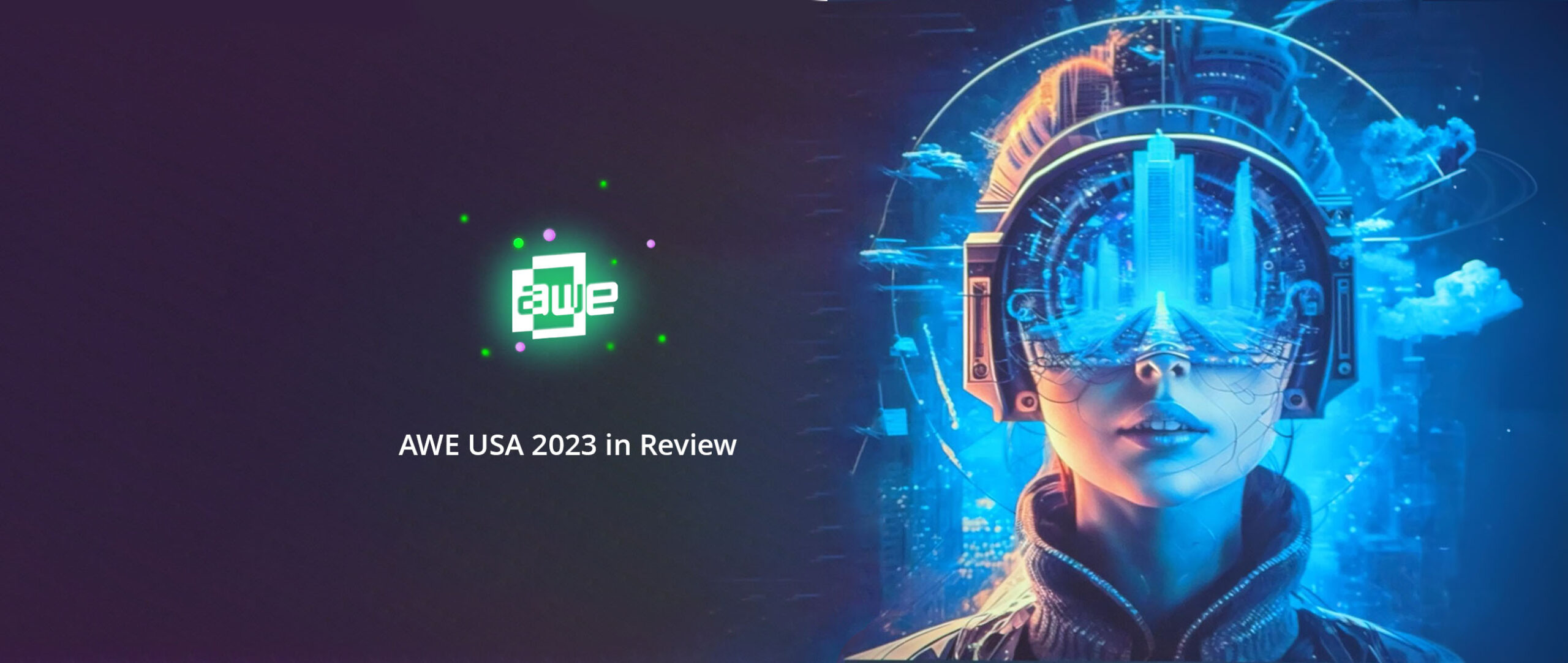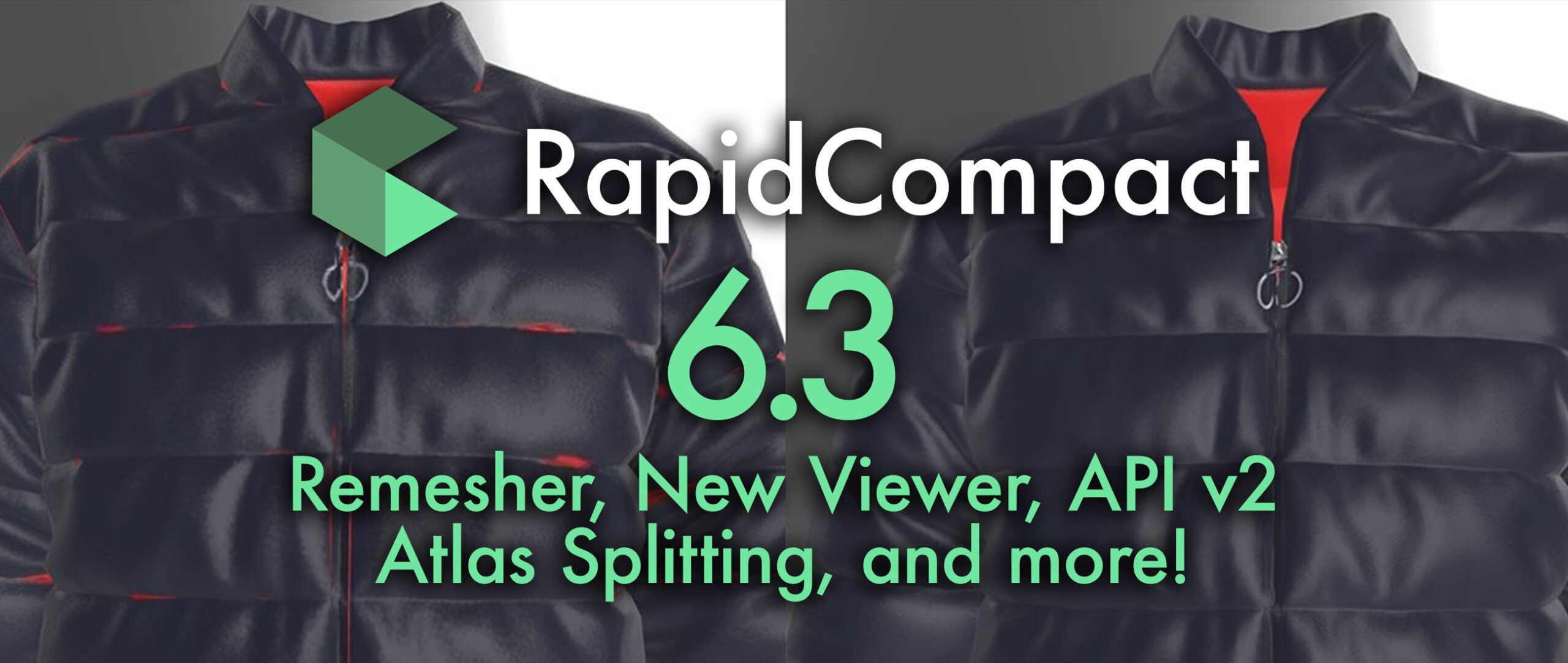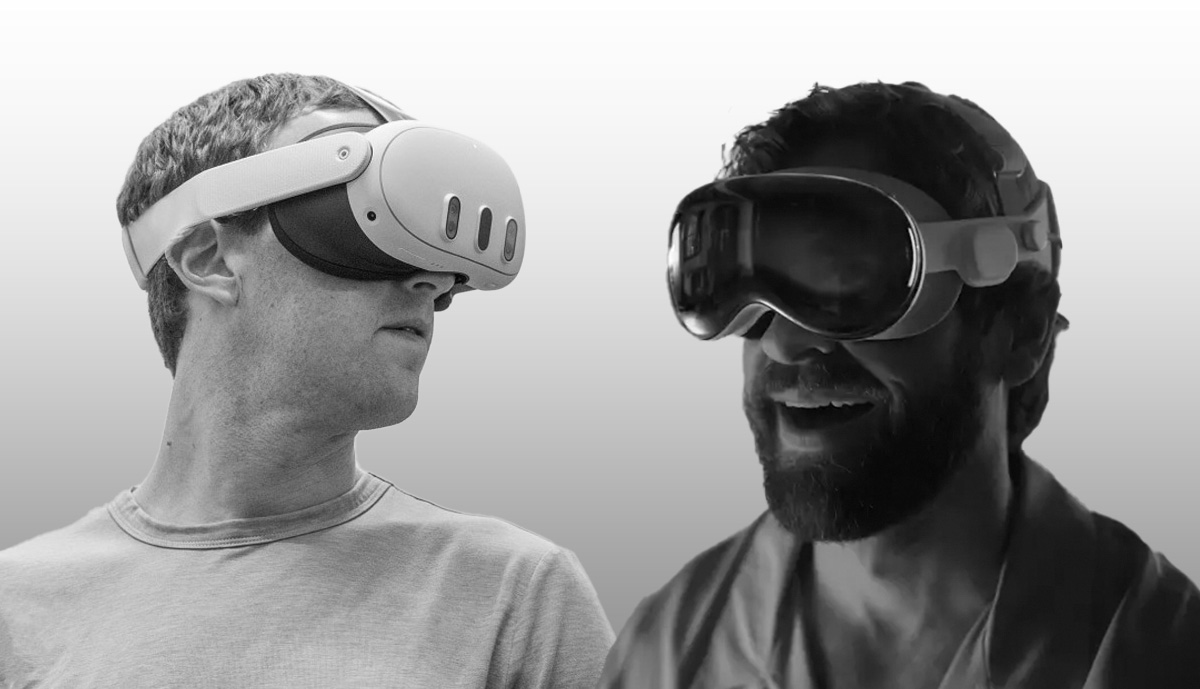
AWE USA 2023 offered a fascinating look into the cutting edge of AR/VR innovation, from business case studies to the newest developer tools. Let’s enter the dynamic realm of augmented and virtual reality from DGG’s point of view.
DGG was represented twice in sessions at this year’s AWE 2023. The recording of the sessions “Scaling & Deploying XR Projects for Enterprise” and “Building a Spatial Lakehouse” are both available on YouTube.
This year, AWS doubled down on everything spatial. Their novel concept of a “Spatial Data Lakehouse” was discussed within a dedicated panel, to which DGG contributed.
With their Visual Asset Management System (VAMS), AWS now provides the industry with a free interface, based on AWS technology. It enables the large-scale processing and management of spatial data – such as products for 3D eCommerce, or engineering data for XR applications. DGG is excited to support this approach through an integration with RapidCompact. With that more companies can quickly spin-up pipelines for processing their 3D files.

Many companies presented AI-based innovations. Although it seemed not always clear which concepts really benefit from AI, and which ones could be easily realized with conventional algorithms (sometimes even more efficiently). The rising popularity of generative AI is for a trend we are tracking. Most industry experts seem to agree with our impression that AI-generated 3D content is not suited for high-fidelity applications, such as 3D commerce, at this point in time. Nonetheless, it’s worth monitoring progress over the next few years.
While the AI topic is hot now, the popularity of the term “Metaverse” experienced a cooldown this year. While the first hype around a potential next generation of the internet, all centered around 3D graphics, the popularity of networked virtual worlds such as ROBLOX or Fortnite is still very high and no end in sight. We therefore believe that what is commonly understood by the term “Metaverse” will still remain relevant, and in fact gain relevance over the next few years. Spatial computing more accurately describes the ‘space’ we are in, inclusive of various hardware and metaverse applications.
During our conversations at the AWE conference, we heard a strong validation from the latest version of RapidCompact. This exciting update, includes a remesher and handling of atlas’ that make it easier than ever for developers and 3D technical artists to optimize 3D assets at high quality, in seconds.

With the announcement of their first XR headset on June 5th, Apple has entered the world of spatial computing. Apple Vision Pro offers the highest quality 4k displays and optics per eye and blends between the space around someone with the virtual space. With a strong focus on collaboration using Apples headset, it will be easier to work in 3D than ever before and DGG is on the forefront with support of Apples 3D format USDZ for Augmented Reality through RapidCompact for some years already.
Anticipating Apple’s announcement, Meta went ahead during the time of AWE and announced it’s Quest 3 headset for this Fall. See-through and improved displays were also a highlight during the conference, with many interesting technologies showcased – such as a novel XR headset by Canon, which offered a solid perceived resolution, along with a great field of view. We also liked the XReal pairing with a laptop by Sightful, as well as their Beam add-on to bring content with the user.

Upload and process 3D models with the free web demo or get in touch if you have any question. We´re happy to help…
More about RapidCompactTry RapidCompact for FreeEnterprise Solutions